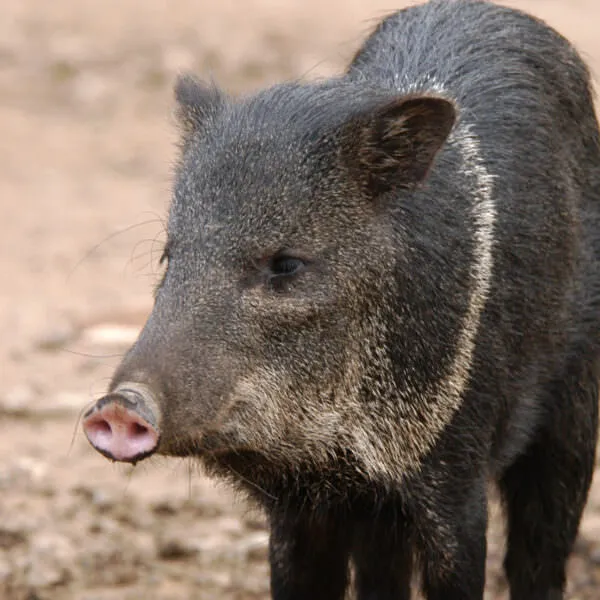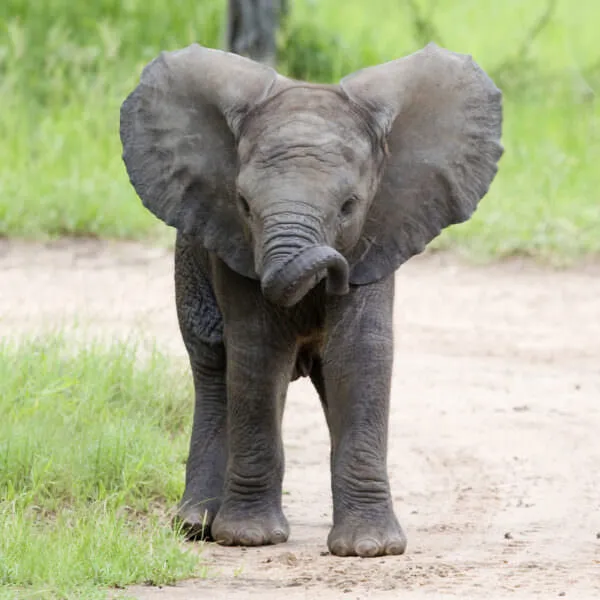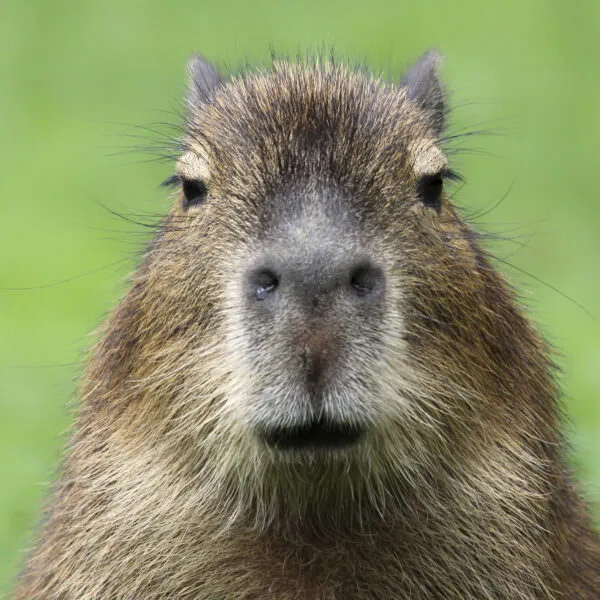Anatomy
The squirrel-sized golden lion tamarin weighs just over a pound, is about 14 inches long, and is entirely golden, with a full mane encircling its head. This primate boasts long digits that allow it to pry food from beneath bark and leaves, and a long tail that reaches up to 16 inches.
We're All In
Together, we're building a future where people and nature thrive. Sign up today and join our movement...
Habitat
Golden lion tamarins live in the rapidly diminishing Atlantic Forest, a richly biodiverse region that stretches down through Brazil and into Argentina and Paraguay. The Reserva Biológica Poço das Antas, a 28,000-acre (11,331-hectare) forest reserve near Rio de Janeiro, protects the golden lion tamarin’s habitat. About 3,200 survive in the wild today and another 500 are thought to live in captivity.
Diet
Golden lion tamarins feed mainly on fruit and nectar, occasionally feasting on insects.
Threats
With a population of less than 3,200 individuals, the golden-headed lion tamarin remains endangered, in spite of a recent increase in numbers thanks to successful conservation efforts. Decimated by illegal logging, irresponsible farming and the expansion of urban and suburban areas, less than 40,000 square miles, or about eight percent of the golden tamarin’s native Atlantic Forest survives. For species like the tamarin—that require room to roam in order to hunt, prey and find genetically differentiated mates in order to prevent inbreeding—habitat fragmentation could lead to extinction. Which is why it’s critical that forestry and farming in the Atlantic Forest region incorporates responsible practices that protect wildlife habitat.
One hope for the golden lion tamarin is ecotourism. Villagers who live along the coastal Atlantic forest are finding that showing travelers who are eager to glimpse a flash of gold in the trees can be more profitable than farming. They charge a fee and take the binocular-toting tourists into the forests they know so well, in the hopes of spotting one of the rare and beautiful tamarins. Predators include hawks and other raptors, wild cats and large snakes. To help protect the habitat of the golden lion tamarin, visit http://www.savetheliontamarin.org.
Sources
- Jukofsky, Diane. Encyclopedia of Rainforests. Connecticut: Oryx Press, 2002.
- Kierulff, M.C.M., Rylands, A.B. & de Oliveira, M.M. 2008. Leontopithecus rosalia.
- The IUCN Red List of Threatened Species
- Smithsonian’s National Zoo



